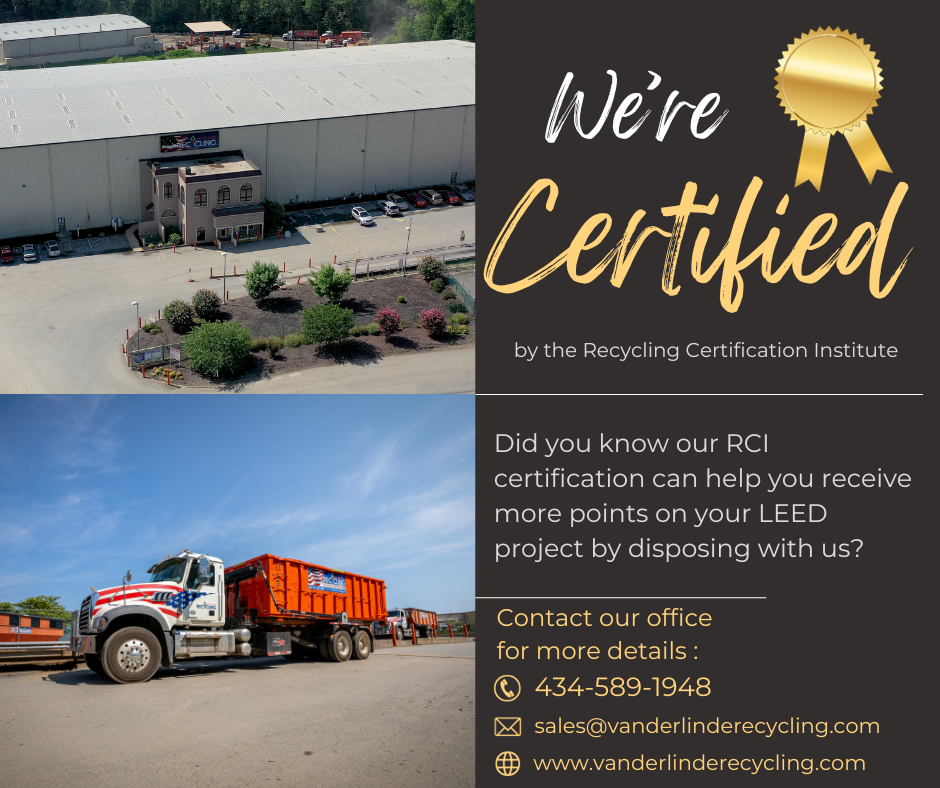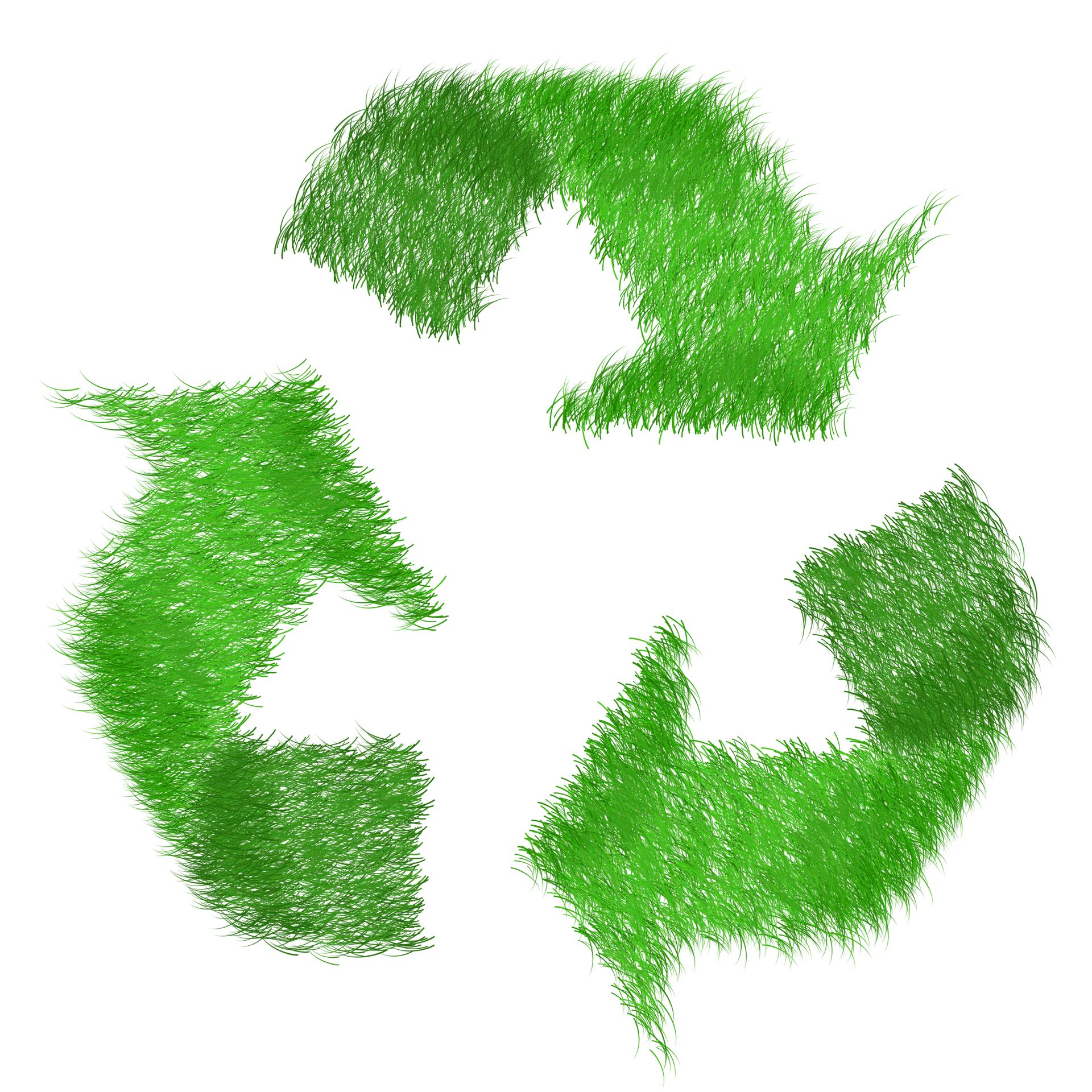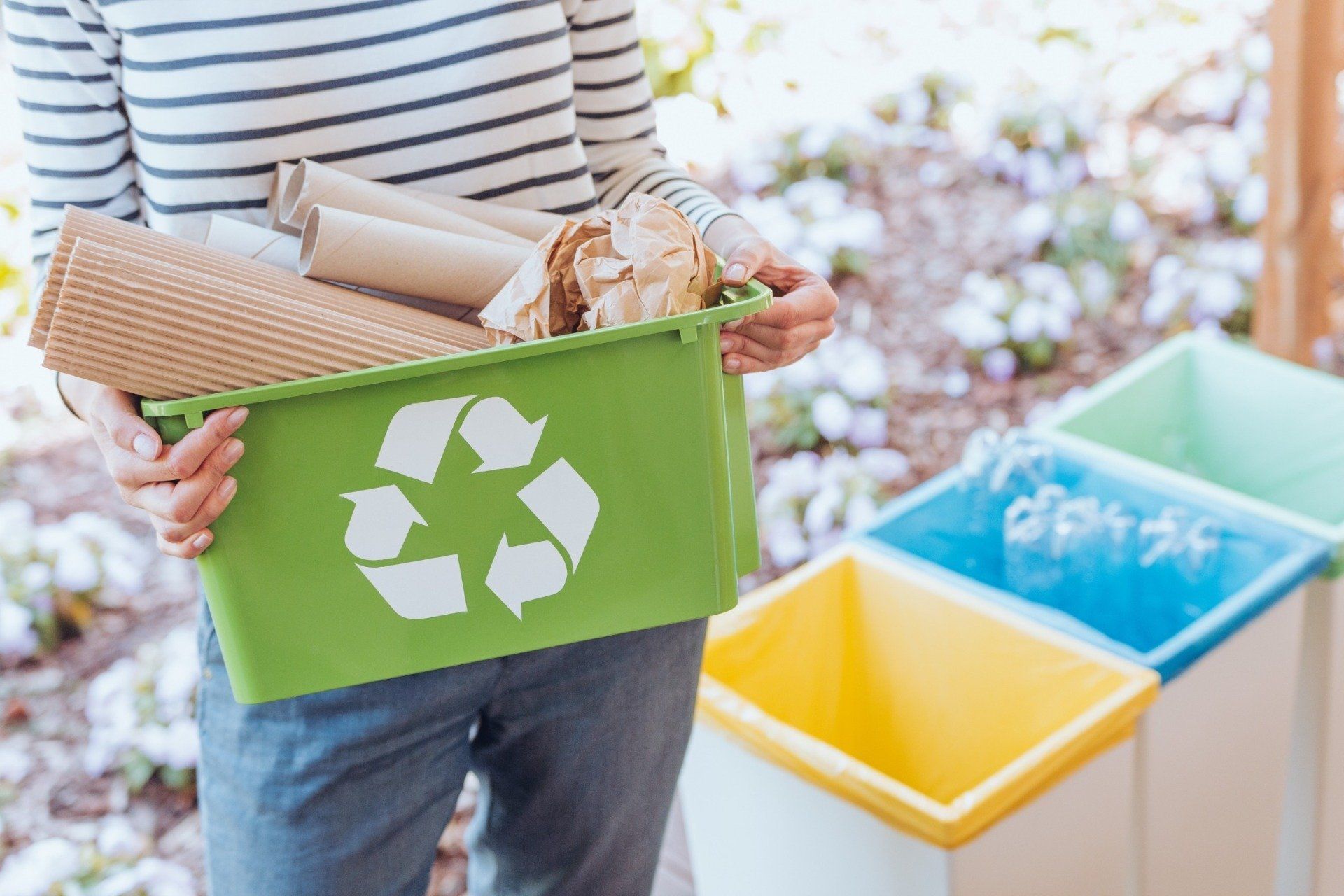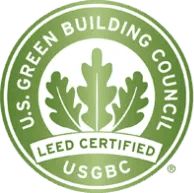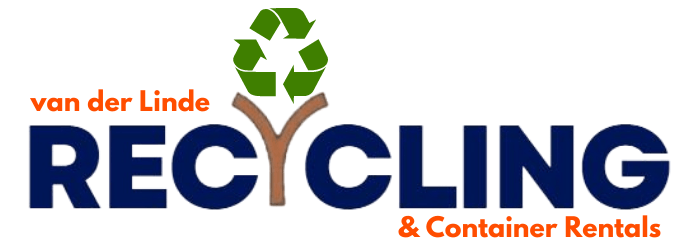

Open to the public (434) 589-1948
As a construction company, it's important to appropriately dispose of all waste generated from your projects. With an estimated 50 million tons of debris being produced annually in the US alone, there’s no ignoring the need for proper management and disposal.
In this blog post, you'll learn about different types of construction waste and how you can properly dispose of them according to city ordinances and environmental regulations. Make sure you bookmark this page so that you have easy access to these valuable tips when disposing of waste at your next job site.
Types of Waste Generated From Construction Projects
The types of waste generated from construction projects can be classified into four categories:
- General construction waste
General construction waste includes items such as packaging materials, lumber scraps, metal parts, wall board, and other small debris. It is the most common type of waste generated from construction projects, and it can generally be recycled or reused. Contact your local C&D recycler for more information about they accept.
- Building demolition waste
Building demolition waste is created when a building is torn down. This type of waste can be very dangerous if not handled adequately, and it often contains asbestos, lead paint, and other hazardous materials. Non hazardous demolition debris can often be recycled at a C&D recycling facility like van der Linde Recycling. Even shingles are accepted at some facilities for recycling.
- Hazardous waste
Hazardous waste can cause harm to people or the environment. It can include items such as chemical solvents, batteries, and fluorescent light bulbs. Some recycling facilities like ours can take batteries and florescent light bulbs. Please note that van der Linde Recycling does not accept lithium batteries, due to the fire hazards associated with these batteries. However car batteries are accepted for a small fee.
- Asphalt pavement waste
Asphalt pavement waste and concrete pavement waste are created when the pavement on a construction site is removed. Concrete is recyclable at most C&D recycling facilities. Asphalt waste is generally disposed of in landfills or incinerated.
Proper Disposal of Waste According to City Ordinances and Environmental Regulations
There are a few things to keep in mind when it comes to waste disposal. First, make sure that you are aware of your city's ordinances and environmental regulations regarding waste disposal. There may be specific rules about what types of waste can be disposed of in which way, and it is important to follow these guidelines to minimize the impact of waste on the environment.
In general, there are three main ways to dispose of waste: landfilling, incineration, and recycling.
- Landfilling is the most common way to dispose of waste, and the most harmful. It involves burying the waste in a landfill.
- Incineration is the burning of waste, which can be used to generate energy.
- Recycling is the process of turning waste into new products.
Each of these methods has its own benefits and drawbacks. For example, landfilling is cheap and easy, but it creates environmental problems, such as pollution and global warming. It also uses vast expanses of land and land is a resource that is in short supply in areas that are highly populated such as cities and small states. Many states in the Northeast now have to ship their waste out of state. Incineration is more expensive but it is more efficient than landfilling and it reduces the amount of waste that needs to be disposed of. Like landfilling, incineration also produces environmental hazards. Recycling is more expensive than the other methods, but it has environmental benefits such as reducing pollution, resource conservation, land conservation, and saving energy. As a facility that recycles construction and demolition debris, we encourage you to recycle whenever possible.
It is important to choose the right method of disposal based on the type of waste that needs to be disposed of. For example, if you have a lot of paper or plastic waste, recycling is a good option. If you have hazardous waste such as batteries or oil, you should take it to a place that recycles this material, take it to someone who is authorized to incinerate it, or take it to a hazardous-waste facility.
When deciding how to dispose of your waste, always think about the environment and try to choose the method that has the least negative impact. The environment we leave behind for future generations matters.
How to Recycle Construction Waste
Construction waste can be recycled into new and useful products. In fact, recycling construction waste is often cheaper and uses less energy than creating new products from scratch. Here at van der Linde Recycling, we turn stumps, brush, and logs into mulch and we turn concrete, brick and block into gravel right here on site. Construction waste includes a wide variety of materials, including metal, plastic, concrete, and cardboard, all of which are recyclable.
Recycling metal is one of the most common ways to recycle construction waste. Metal can be melted down and reused to create new metal products. Recycling plastic is also common. Plastic can be melted down and turned into new plastic products. Recycling cardboard is also relatively easy. Cardboard can be recycled into new paper products or used to create insulation or other building materials.
There are many benefits to recycling construction waste. Recycling reduces the amount of material that ends up in landfills, which helps protect the environment. It also saves energy and can reduce production costs. Recycling construction waste is a great way to reduce your environmental impact and help conserve resources.
The Benefits of Recycling Construction Waste
Construction waste recycling has become an increasingly important part of the construction industry in recent years. There are many benefits to recycling construction waste, including reducing the amount of waste that ends up in landfills, saving money and resources, and creating less pollution.
Construction waste can be recycled into a variety of products such as new building materials, landscaping materials, and even energy. Recycling construction waste helps to conserve natural resources and reduces the environmental impact of construction. It also saves money by reducing the need for new raw materials.
In addition to the environmental and economic benefits, recycling construction waste can also help create jobs in the recycling industry. Many companies specialize in recycling construction waste, and these companies are always looking for qualified employees.
Recycling construction waste is a win-win-win solution for the environment, the economy, and job seekers. It's also a great way to reduce your impact on the planet while saving money. If you're looking for a way to make a difference, consider recycling construction waste.
Tips for Reducing the Amount of Waste Produced at Your Job Site
There are a few things that you can do to help reduce the amount of waste produced at your job site. One of the easiest things is to simply be mindful of what you are throwing away. Make sure that you are only discarding materials that are trash, and not recycling or composting materials.
Another thing that you can do is try to recycle or compost as much as possible. There may be a recycling or compost bin on site, or you can contact your local recycling center to see if they offer recycling container rentals and pickup for construction waste.
Finally, make sure that everyone on site is aware of the importance of reducing waste. Encourage them to recycle and compost whenever possible, and make sure that all trash is properly disposed of.
It is important for construction companies to be aware of the types of waste that are generated from their job sites and how to dispose of this waste. Recycling construction waste can have many benefits for both the environment and the company.
About Us
Now that you know more about recycling construction and demolition debris and its benefits, we hope you are inspired to make a change in your own life. Remember, even small changes can have a big impact when it comes to saving our planet. At
van der Linde Recycling, we help homeowners and builders manage their C&D debris in a convenient and affordable way. If you need help getting started or have any questions, please give us a call at
877-981-0891. We would be happy to provide additional resources or answer any of your questions. Together we can make a difference!
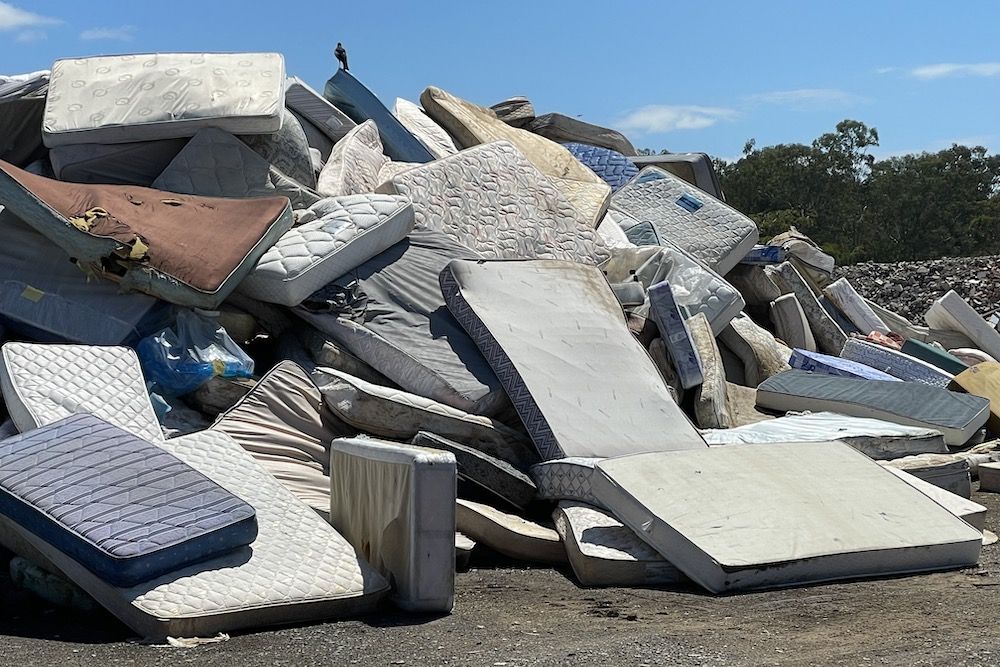

CONTACT US
^tap address for directions
© 2022 VAN DER LINDE RECYCLING & CONTAINER RENTALS
Website by FullDeckAgency.com

